Ten years after the release of the last Dragon Age installment, Dragon Age: The Veilguard has emerged. This fall was so barren of AAA releases that this event captured the attention even of those who had never heard of the series. Debates are raging everywhere about how much The Veilguard truly embodies Dragon Age. Is it worth your time and money?
Let's conduct an investigation: Dragon Age: The Veilguard—revival of the Canadian studio or a failure?
 Image: Ensigame.com
Image: Ensigame.com
Should You Play Dragon Age: The Veilguard?
First, let me share my experience so you can understand how your tastes align with mine. I have completed all the games in the series, including each installment's expansions. By profession, I am a scriptwriter and game designer with experience releasing one game. In RPGs, I especially value the narrative component, characters, role-playing opportunities, and variability.
I consider Dragon Age II the best in terms of story and companions. Gameplay-wise, Dragon Age: Origins seemed the most detailed and interesting to me, and overall, the Awakening expansion left the most lasting impression. I equate Inquisition to a spawn of darkness that clumsily mimics a game. Due to the protruding MMO elements, which Inquisition had at the beginning of its development, I barely managed to finish it and don't want to think about it anymore.
 Image: Ensigame.com
Image: Ensigame.com
Let's move on to the long-awaited new release. In about 40 hours, I completed the story campaign, the quest lines of several companions, and some additional missions. Much content remained unexplored, but you will understand later why it was sufficient for me to familiarize myself with only a part of it.
I will briefly explain the essence of what's happening without spoilers. A cunning bald elf wants to bring ancient magic back into the world, but with it, hordes of demons will penetrate through the Veil. The main character, Rook, wants to stop him to prevent a catastrophe. Most of the plot concentrates on assembling a team to fight against evil of divine proportions. During the adventures, you'll visit various places in the empire—from bustling cities to gloomy swamps.
Controversial Elements
I'll start with what gave me mixed impressions. Despite using the same engine as the previous installment, the design of enemies, characters, and armor has undergone changes. They have become cartoonish and often tasteless.
In a dark fantasy setting, it seems strange when a character flies in on purple neon wings, and something called a "spawn of darkness" looks like a new toy for a Happy Meal.
 Image: Ensigame.com
Image: Ensigame.com
Questions arise about the appearance of elves and Qunari. You want to tell them:
"Alright, kids, you've played enough fantasy! Take off your fake ears and horns! In what sense are you not humans? Stop pretending!"
They used to have their own identity, features, and facial structures characteristic of these races. Now they're humans disguised as them. The only real elf is Solas, as he was transferred from Inquisition without changes.
 Image: Ensigame.com
Image: Ensigame.com
Character editor. The selection is vast, but almost everything looks unauthentic and unaesthetic. Want to make a funny or ugly character? No problem. A beautiful one? Seems a challenge, but I made a passable male character in 10 minutes.
 Image: Ensigame.com
Image: Ensigame.com
Customization of Rook's self-identification. The game gives this choice, and during the playthrough, there will be a couple of moments where you can recall it.
Actually, I'm concerned that anyone is surprised by this in a BioWare game. Such things have always been in all their projects, even in Origins. Fans of the series don't question it. Before, it was more organic: now, it slightly breaks immersion in the fantasy setting. It didn't bother me because I didn't choose those options.
Strengths of Dragon Age: The Veilguard
Initially, after watching the trailers, I was skeptical about the project, but surprisingly, it turned out that The Veilguard has much to praise! One of its main strengths is the design of the locations—their appearance. Almost every area has a spot you'd want to screenshot and set as your desktop background.
The project has few bugs and decent optimization. However, there was one time when I couldn't tell whether what was happening was a bug or a feature. During the final boss fight, my character wasn't taking any damage.
 Image: Ensigame.com
Image: Ensigame.com
Now, I might get flak for this, but the combat system is one of the best among BioWare games. You have to understand that the series will never return to Origins. Compared to Dragon Age 2 and 3, the combat here has become noticeably more enjoyable. It's still a mindless clicker using abilities on cooldown, but this time the process doesn't cause physical pain!
 Image: Ensigame.com
Image: Ensigame.com
The gameplay doesn't much resemble an RPG: it's now a linear action game similar to Guardians of the Galaxy. The developers borrowed the level structure and indirect companion control from that project. You can only give them commands to use abilities.
Despite the simplifications, overall, it's enjoyable to play—especially when finding various caches hidden around every corner. This is not a figure of speech! Peek behind any wall where the quest marker doesn't lead you, and you'll find loot or a note.
 Image: Ensigame.com
Image: Ensigame.com
Speaking of loot, it's actually worth collecting. The developers found a use for junk: sell it to the factions you want to strengthen. How does this make them better? The power of the economy!
As I mentioned earlier, we have several factions. The companions are their representatives, and Rook can belong to one of them according to the backstory. This is probably one of the best elements of the game. I chose Rook to be one of the Grey Wardens, and this really provided many role-playing options. This fact is often mentioned, and when meeting other Grey Wardens, there was a slight nostalgia for Origins.
Thanks to being part of the Grey Wardens, Rook's friendship with Davrin became especially meaningful to me. We literally understood each other better than anyone else and fought together, chanting our oath.
 Image: Ensigame.com
Image: Ensigame.com
Since I've moved on to companions, I'll tell you about the others who left a positive impression. BioWare projects are primarily distinguished by well-written companions with whom it's interesting to chat, fight, and romance. How is it this time? Oh... some of the worst companions in the series, but acceptable for other games. Does that count as praise?
The same problem as with the main plot: good ideas, mediocre execution. In the 2D scenes, Varric narrates interesting concepts, and then a dull reality unfolds.
 Image: Ensigame.com
Image: Ensigame.com
It feels like the overall storyline and character designs were written by an experienced scriptwriter who worked on the studio's past projects. Meanwhile, the dialogues and other local elements seem to have been done by less experienced specialists.
The best character turned out to be Emmrich. The cartoonish style doesn't even harm him. The concept of a kind, mannered necromancer is quite fresh. Dialogues with him are engaging, and his personal quests reveal his personality well. Unlike other companion quests, it's genuinely hard to decide what to choose at the end of his storyline.
 Image: Ensigame.com
Image: Ensigame.com
Bellara gave me mixed feelings. On one hand, she seemed sweet, and since there were no alternatives, I had to romance her. On the other hand, her quest line is sheer tedium. Nowhere else did I so strongly want to skip dialogues as here.
Bellara herself is still not bad. I liked how she couldn't decide how to address Emmrich and pestered him with questions during our travels. With such a team composition, I went through almost the entire game. My Rook is a mage, so it was a magical trio: a necromancer, a healer, and a mage with a blade combining electricity with fire.
Speaking of romances, in my case, it was as if there was no romance at all. It starts too late and hardly affects anything except for one scene and the finale.
 Image: Ensigame.com
Image: Ensigame.com
Since we started with Davrin, we'll finish with him. At first, he seemed like another Jacob Taylor from Mass Effect 2, but it turned out his personality has more facets than a sheet of paper. It's one of those cases where a character reveals themselves over time. His quests are not the most interesting, but if you're from the Grey Wardens, they will have special significance for you.
The last couple of hours of the game are the best. The tension builds, decisions affect the fates of the heroes, and the epicness of the cutscenes inspires. At one point, I even almost shed a tear—it was close. It's a pity that this can only be said about the last hours...
Drawbacks of Dragon Age: The Veilguard
Now let's move on to everything else that The Veilguard has to offer. In fact, the main problem is that all the good elements previously listed are nullified by one factor—the game's length. Except for the first and last two or three hours, the game feels like a tedious slog.
 Image: Ensigame.com
Image: Ensigame.com
At the beginning, the player is introduced to the mechanics: each quest is in a new location, and leveling up unlocks new abilities. Then it turns out that subsequent quests take place in the same locations, and the gameplay stagnates.
The puzzles are very easy at first, reminiscent of riddles from Skyrim. Later on, they become more complex and are sometimes even interesting to solve. In most cases, however, they are too repetitive, which makes them tiresome.
In the first few hours, it seems that Blight pustules you have to pop in a certain sequence appear too often. But it turns out the entire game is a Blight pimple-popping simulator.
 Image: Ensigame.com
Image: Ensigame.com
The problem with the combat system is that the player has too few options, and enemies have only a handful of behavior patterns.
Companions have only one combination that adds anything from the sequential use of their abilities. The protagonist has combo attacks—you can unlock them through leveling up. Initially, I had one such combo, and closer to the finale, I got the fourth one. Dragon Age: The Veilguard is neither an RPG nor a slasher. It's a clicker.
 Image: Ensigame.com
Image: Ensigame.com
It seems like there are many diverse enemies in the game. In reality, it's an illusion. Darkspawn, demons, Venatori—they all use the same attack patterns with rare exceptions. The same goes for dragons and other bosses—they all behave identically, differing only in appearance.
A lack of variety isn't so bad if the game can be completed in 10–15 hours, but when it stretches to 40, it becomes tiring and boring. Let me remind you that I didn't complete all the content, and for this very reason. I don't see the point in spending more than 80 hours on a monotonous clicker since I won't find anything new anyway.
 Image: Ensigame.com
Image: Ensigame.com
The dialogues turned out too bland. They lack the spice that was present in the constant disputes of heroes in previous installments. Here, even if conflicts arise, they are quickly resolved, and everyone apologizes to each other.
Background remarks often describe what the player already sees. It seems they serve to brief a gamer who is constantly distracted from the game and not looking at the screen.
Lack of behavioral choices. Rook can be gentle, humorous, or a firm good guy. Sometimes options appear to be an aggressive, hysterical, or whiny good guy. You can't be evil or neutral—no renegades, blood mages, or other ambiguous personalities.
Do the developers want a plot where you have to be necessarily good? In that case, they should change the setting or genre to something else. In dark fantasy, this is perceived as depriving the player of the opportunity to role-play someone the hero could quite possibly be in such a world. RPGs imply a choice between different worldviews. Even if the goal is noble, the character can reach it in various ways.
 Image: Ensigame.com
Image: Ensigame.com
Regarding side quests, I can't describe them as anything other than mediocre. They don't drain the soul out of the gamer like in Inquisition, but they also don't evoke much interest. The only reason to actually complete them is related to the main plot. Yes, literally like in Mass Effect 3.
 Image: Ensigame.com
Image: Ensigame.com
There are few companions, and most of them are extremely one-dimensional. Lucanis is a hired assassin who loves coffee. He has a demon of rage sealed inside him. No, not like Justice in Anders. Rage sometimes takes over his body, behaves like an angry teenager, and then releases him if you snap Lucanis out of it.
Harding constantly expresses surprise that she is now not a tertiary but a secondary character and talks about the team of heroes from Inquisition. I also wonder at her presence in the team because she is simply not needed. Everyone has a specialization necessary to achieve the plot's goal except her. She just tagged along with the squad because she was previously with Varric.
 Image: Ensigame.com
Image: Ensigame.com
A lot is revealed about the characters in Dragon Age: The Veilguard by the fact that Solas and Varric from the previous game look out of place here—too high-quality. Even their dialogues are different; they are better written. The same cannot be said about Morrigan, Isabela, and Dorian. They appear literally as cameos in a couple of scenes and behave strangely. Morrigan speaks in a completely uncharacteristic manner, as if she has become a kind grandmother.
The last drawback, but not the least, is the disregard for the previous parts of the series. There is no save import or choice of decisions from them. Because of this, The Veilguard doesn't mention anything that depended on the player in those games. You can only create your Inquisitor from the third part and select a couple of their choices.
 Image: Ensigame.com
Image: Ensigame.com
BioWare Great Again?
Yes, the state of BioWare has returned to the past—to the release of Mass Effect: Andromeda.
Two steps back and one step forward, but in the case of BioWare, this is positive progress. They have recovered after the failed Anthem and are learning to make games again. Perhaps in the future, we will see a decent Mass Effect 4. The main thing is for the team to continue improving, to dismiss everyone in the script department, and hire more competent specialists. If they know the lore of the studio's early games, that would be wonderful.
 Image: Ensigame.com
Image: Ensigame.com
Let's move on to the conclusion. Strangely enough, I liked the game. It's a solid 7 out of 10. It doesn't reach for the stars, but it's hard to call it a bad project. Mediocre, but in places, it delivers quite a few pleasant impressions. Under no circumstances do I recommend buying it without a discount. For now, it's better to replay Dragon Age: Origins.
Main image: 4kwallpapers.com
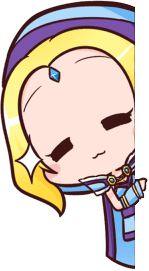
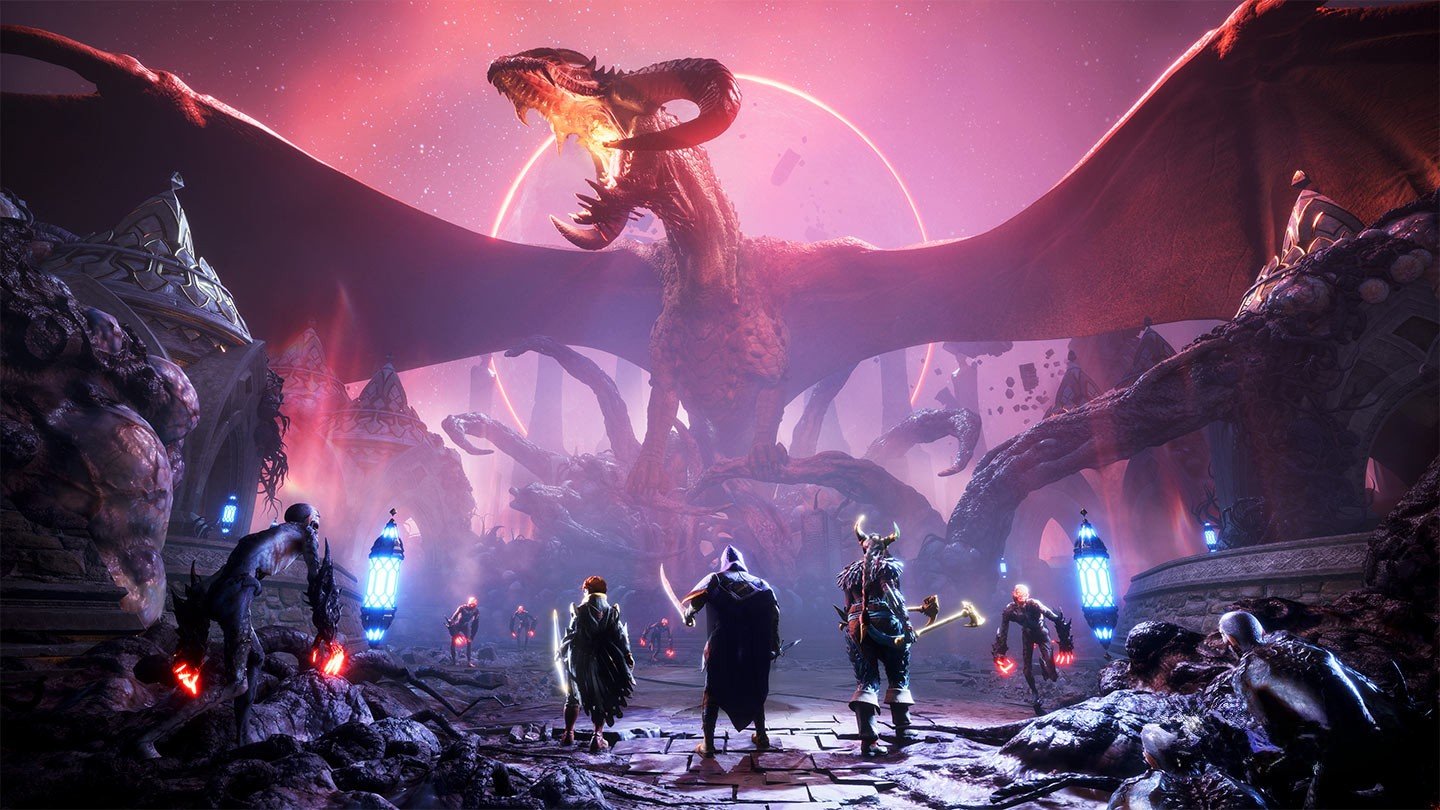
 Vadim "Vadim" Dybinskiy
Vadim "Vadim" Dybinskiy

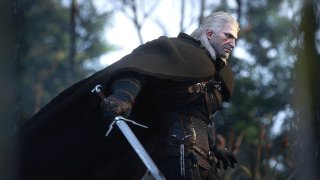
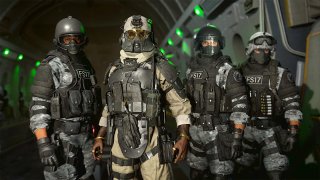






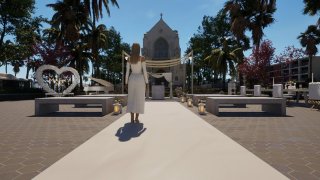
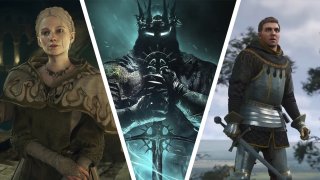

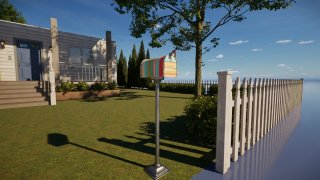
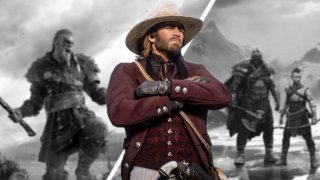

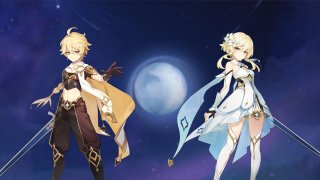


0 comments